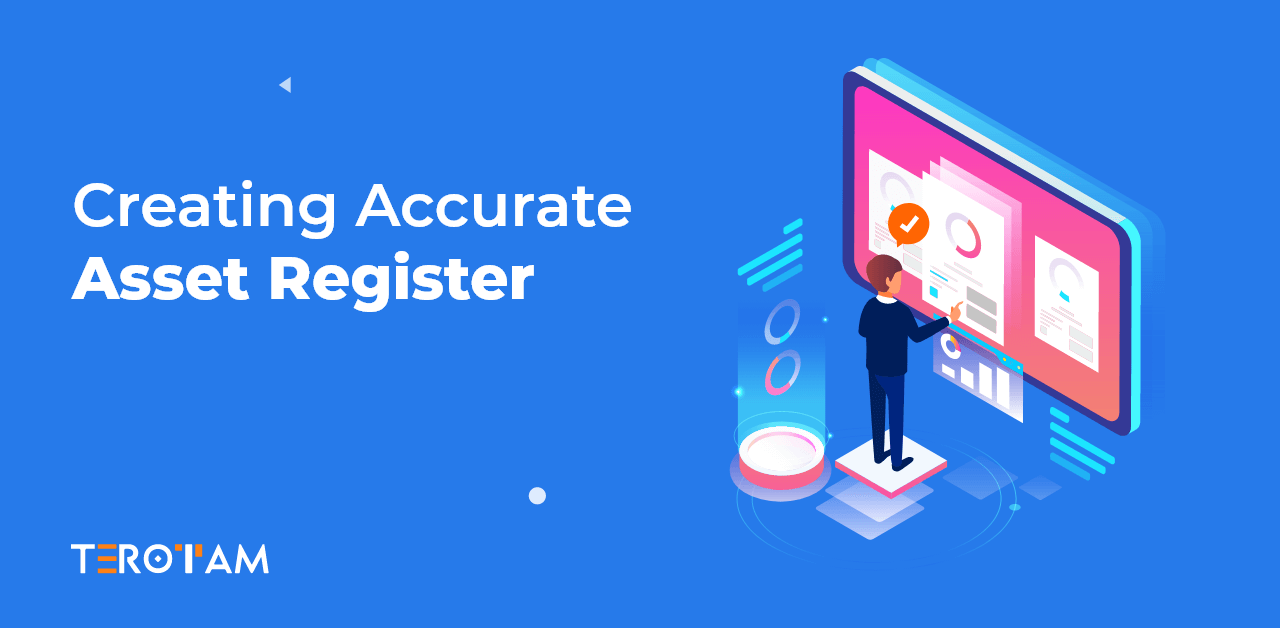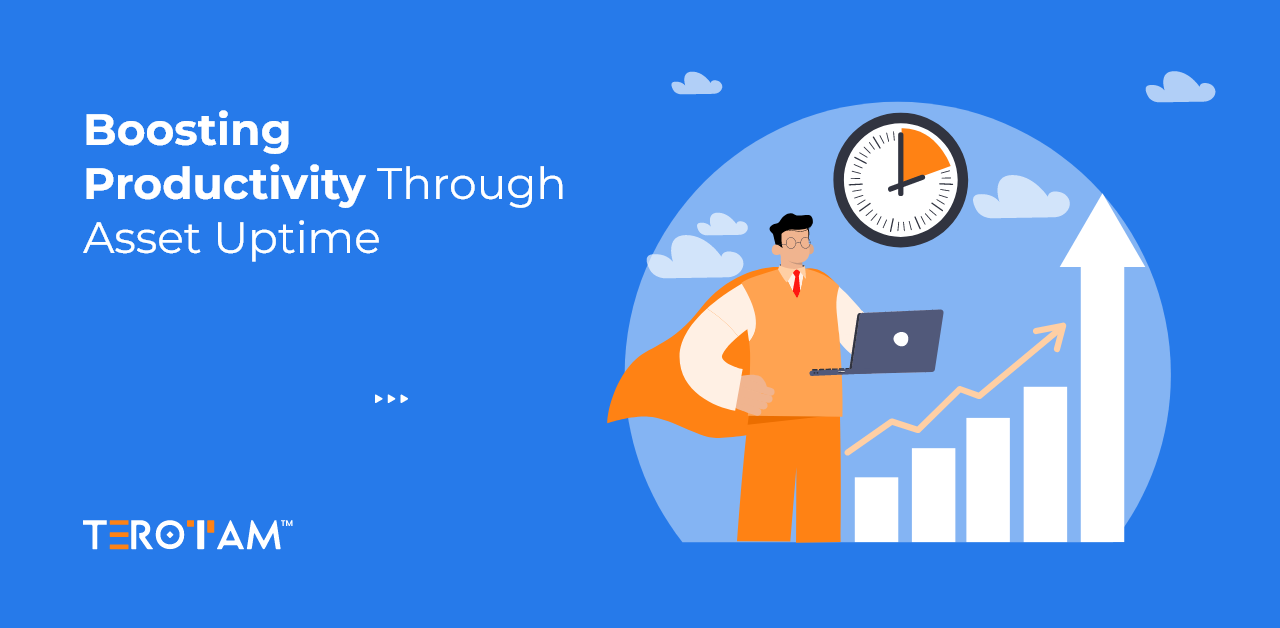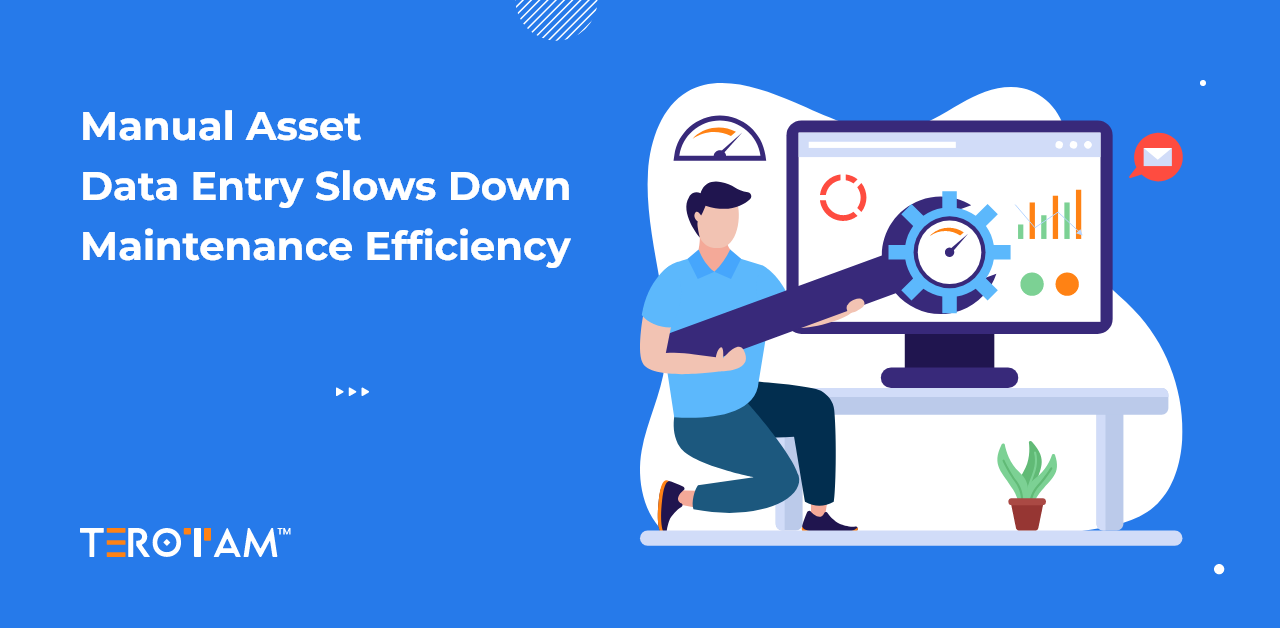Can you even think of trying to run a marathon without knowing the course or even the distance you need to cover. It sounds chaotic, right? Managing a company’s assets without a proper system can feel the same way. This is where a Fixed Asset Register comes into play, acting as a roadmap to ensure every asset is tracked, maintained, and optimized effectively.
In this blog, we’ll understand what a Fixed Asset Register is, why it’s so crucial in asset management, and how you can create and maintain one accurately—especially using CMMS software.
What is an Asset Register?
Let’s start with the basics. An Asset Register, also known as a Fixed Asset Register, is essentially a comprehensive list of all the company’s fixed assets. This isn’t just a random list—think of it as a detailed catalog that includes information such as:
- Asset description
- Location
- Purchase date
- Purchase cost
- Depreciation method
- Current value
This detailed database tracks each asset’s history, status, and value, providing crucial information for decision-making and compliance. Imagine having a magic book that tells you everything about your assets at a glance—that’s what an Asset Register does.
Why Are Asset Register Importance?
Complete and Accurate Asset Picture
Asset registers provide a complete and accurate picture of all the assets a company owns. This is crucial for financial reporting and tax purposes. For example, during an audit, having an up-to-date asset register ensures you can quickly and accurately provide details about each asset, including its purchase price, depreciation, and current value.
Effective Asset Management
An asset register allows companies to track and manage their assets more effectively. Imagine a large manufacturing company that owns multiple pieces of expensive machinery. An asset register would help track each machine’s maintenance schedule, current condition, and location. This would ensure timely maintenance, reduce downtime, and extend the machinery’s lifespan.
Standard Operating Procedures for Asset Management Software
Asset registers can also be used to create and maintain standard operating procedures (SOPs) for asset management software. This ensures that assets are properly maintained and used in accordance with company policy. For instance, a tech company could use its asset register to track software licenses, ensuring compliance with licensing agreements and avoiding costly fines.
What should be included in a Fixed Asset Register?
A fixed asset register is a highly versatile document, designed to store a wide range of data points about a company’s assets.
Here’s a detailed look at what you should include in your asset register to ensure it is comprehensive and useful:
- Asset Name and Description: Clear names and brief descriptions. For example, “LAPTOP-D1234 – Dell Latitude e7420, 14” Display.”
- Acquisition Date: Date of purchase or creation.
- Acquisition Cost: Total cost, including installation or transportation.
- Current Location: Specific room or facility for stationary assets; GPS data for mobile assets.
- Asset Ownership Status: Ownership details, including leasing agreements if applicable.
- Authorized Users: Individuals with permission to use or manage the asset.
- QR code/Asset Tag for Identification: Barcode number or asset tag for quick scanning.
- Insurance Information: Coverage details, including types of risks and policy duration.
- Warranty Period information: Manufacturer’s warranty duration and conditions.
- Maintenance Schedule and History: Records of maintenance activities, schedules, and technicians.
- Current Value: Estimated current market value.
- Depreciation: Depreciation method and accumulated depreciation.
- Salvage Date and Value: Projected end-of-life date and expected salvage or resale value.
Managing Accurate Asset Register with CMMS Software
Using CMMS (Computerized Maintenance Management System) software can revolutionize the way you manage your asset register. A CMMS provides a centralized database of all asset information, ensuring that data is always up-to-date and easily accessible. This centralization allows for automated tracking of asset movements, maintenance schedules, and depreciation calculations, significantly reducing the chances of manual errors.
For example, when a piece of equipment is serviced, the CMMS automatically updates the maintenance history, keeping all relevant information at your fingertips. This seamless integration of data helps in making informed decisions about asset utilization, maintenance, and replacement.
CMMS software offers robust reporting and analytics capabilities. You can generate detailed reports on asset performance, maintenance costs, and depreciation trends, providing valuable insights for optimizing asset management strategies.
For instance, if a particular type of machinery consistently shows high maintenance costs, you can analyze this data to decide whether it’s more cost-effective to repair or replace it.
CMMS can integrate with other enterprise systems, such as ERP and financial software, ensuring that your asset data is consistent and accurate across the organization. This integration helps streamline operations, improve financial reporting accuracy, and enhance overall efficiency in managing your assets.
Conclusion
A Fixed Asset Register is more than just a list—it’s a critical tool in asset management that supports tracking, financial reporting, and maintenance activities. Creating and maintaining an accurate Asset Register requires a systematic approach, and leveraging CMMS software can significantly enhance efficiency and accuracy.Wanted to streamline your asset register with TeroTAM? – Connect with our expert now or if you have anything to share, feel free to write us at contact@terotam.com








